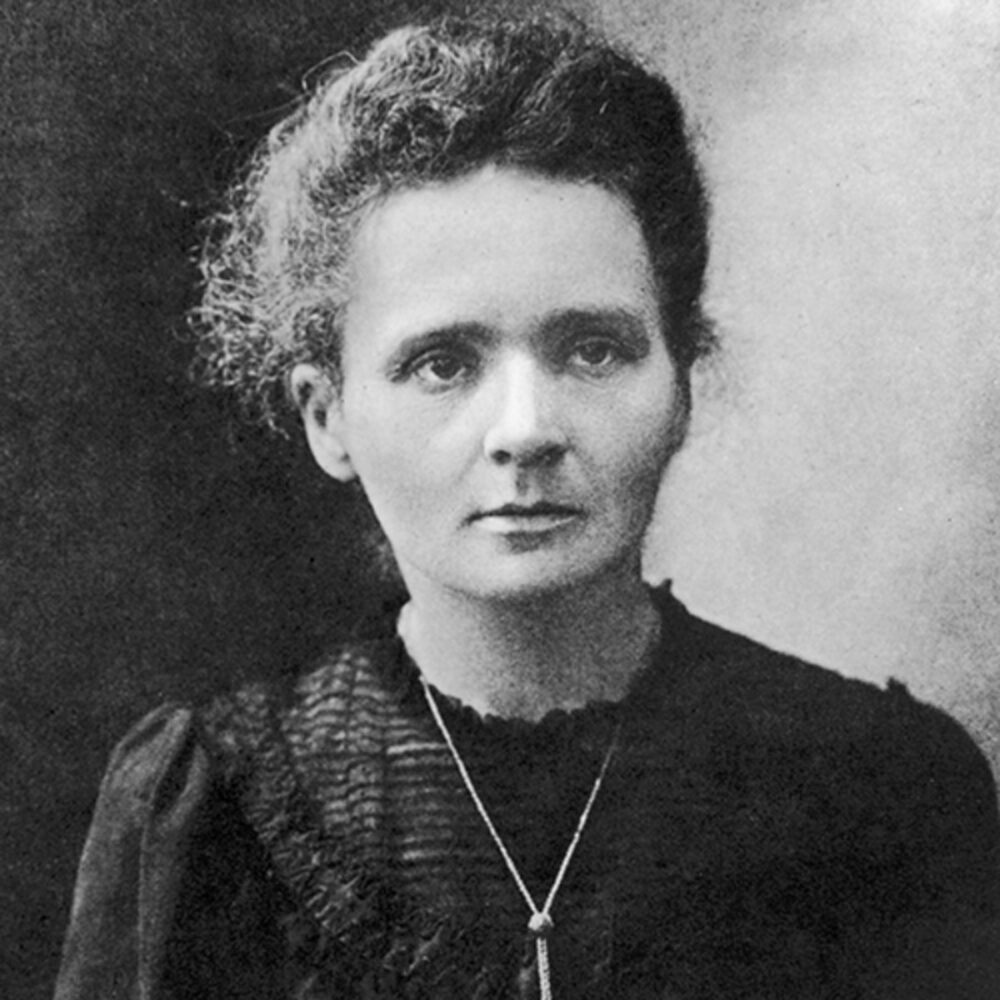Teaching
Teaching CI with non-fiction – another effective tactic
Table of Contents
Teaching CI with non-fiction is a different approach from what you generally run into in classes and CI groups – but it can be a great tool to add to your kit, and will give your students a break from the usual stories.
In addition, there is evidence that we can learn better when we are learning ABOUT something when we learn a language. Learning about something new can also make our language learning more relevant – after all, we study language not because we wish to memorize vocabulary lists, but because we want to be able to get new information through the language!
The typical CI class in the past has focused on input that involves students and their lives. The class works together to come up with a story – usually something silly – about a person in the class, or a person who is relatable to the class. This works quite well, as students love hearing about themselves and each other. But sometimes it can get repetitive to do silly stories or situations. This is where non-fiction can be a great change of pace!
How to teach CI with non-fiction
When I want to do a lesson using CI with non-fiction, I try to find a topic that will be of interest to students. This might be an animal, a current event, an interesting person, or a discovery of some sort. I’ll come up with a way to tell the story as always – using sheltered vocabulary and structures that can easily be repeated. I’ll determine what vocabulary is absolutely vital to the story, and any structures that I’ll want to use. Then I’ll sketch out what my “story” is going to look like.
Once I have a basic idea and a script, I’ll look for ways to make it even easier for students through context clues. For advanced students, I might just go with the audio version – it will challenge them to understand what is going on without a lot of scaffolding. But if I’m working with beginner and low-intermediate students, they are going to need help in the form of graphics.
This might be an infographic, or a photo, or a PowerPoint with some of the important information. For a scientific discovery, it might be statements of the data that was found. For a historical event or a biography, I might make a timeline and add the events to it.

When actually doing the CI with non-fiction lesson, this is the part that will be familiar. I tell the “story” just as I would a class story – lots of questions, pauses, and repetitions. The students get a chance to hear the vocabulary and structure just as they would in a fictional story. The only real difference is that while students can make guesses and suggestions about what will happen, in a non-fiction CI lesson there really is a right or wrong answer.
While students can suggest that Marie Curie was Italian or Australian, the correct answer is that she was Polish. This doesn’t mean you can’t do the fun parts of story-asking, it just means that you will have to choose the factual information no matter what students think would be more fun.
This isn’t a bad thing – this actually gives you more opportunities to use circumlocution and repetition! “No, she didn’t come from Italy. But she did come from a country in Europe – a country that is to the east, it has the Baltic sea on the north of it. It’s a country that gets very cold in the winter. No, not Germany – even further to the east! Can you think of any other countries to the east of Germany?”
Sources for help teaching CI with non-fiction
If you’re just starting out on your CI journey, you might not feel ready to try non-fiction until you’re a little more comfortable. If you’re ready to give it a shot, try the news for inspiration. There are so many interesting stories that you can find and use to your benefit. You might check out YouTube for some inspiration – there are some great short videos on Brut and BFMTV that can easily be adapted.
If you’d like a little more hand-holding, Frenchified has some prepared lesson plans for teaching CI with non-fiction. Each one is written in easy French with a printable version as well as a PowerPoint version. They also include retell pages and comprehension questions so you don’t have to do any of the work yourself, other than actually presenting the information to your students. Here’s a list of the available topics:
Biographies: Napoleon Bonaparte, Vincent Van Gogh, Joan of Arc, Thomas Pesquet, Lafayette
Places: Loire Valley, Martinique, Francophone Africa, Notre Dame, Versailles, Paris, Eiffel Tower
Cultural: The TGV, French food, French high schools, le Nouvel An, fashion, le Noel
Events: D-Day



